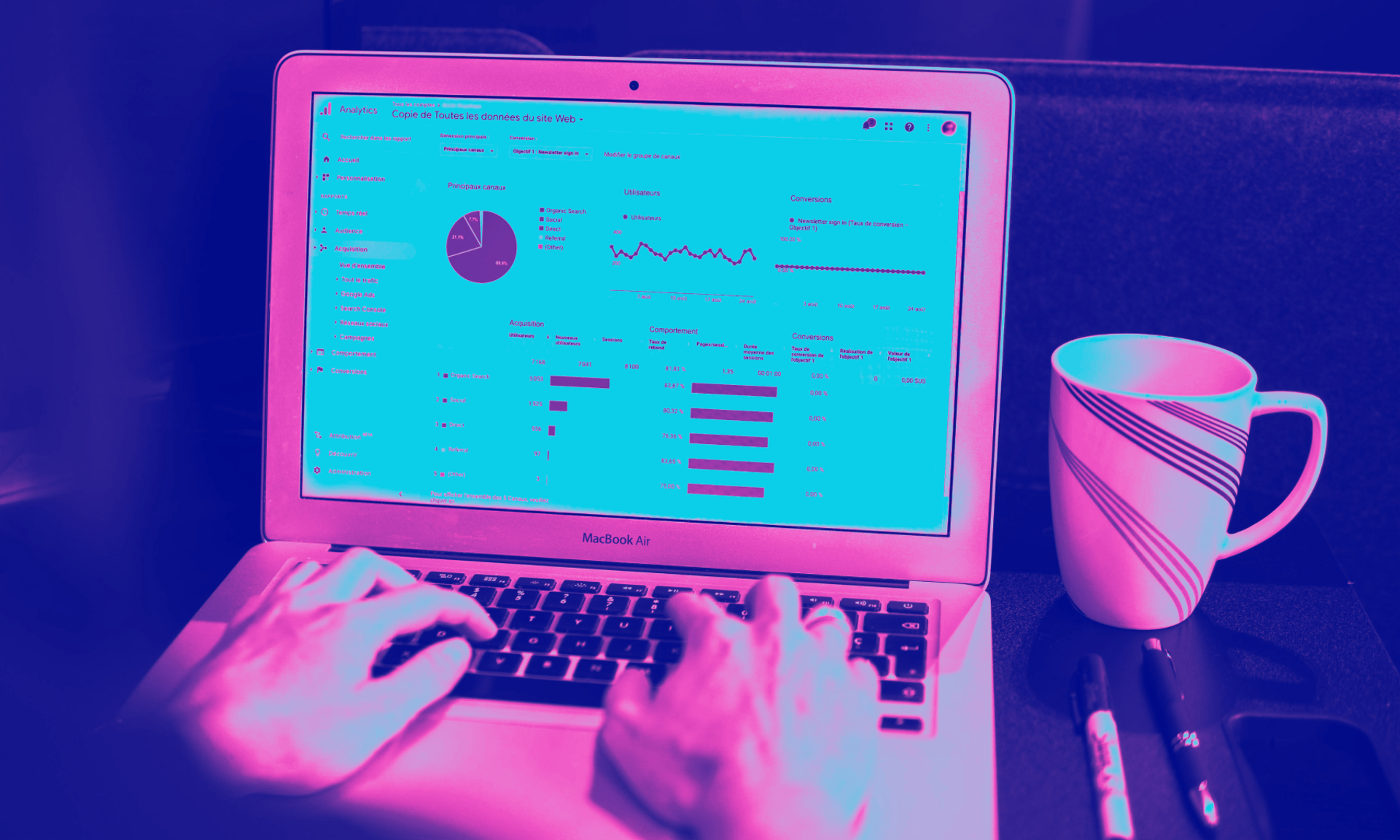Unlock the Power of Data Integration in HR: 5 Use Cases to Transform Your Organization
In today's fast-paced and competitive business environment, data integration is crucial for HR departments to make informed decisions, streamline processes, and improve employee experiences. This blog post explores five data integration use cases in HR that can help transform your organization: Migrating data into a data warehouse Syncing records in multiple systems Receiving data from partners or suppliers Creating a sales or marketing dashboard Creating a single-customer view
Saga Folks
5/27/20232 min read

In today's fast-paced and competitive business environment, data integration is no longer a luxury but a necessity for HR departments. With the increasing volume and complexity of data, it's crucial to have a unified view of your organization's data to make informed decisions, streamline processes, and improve employee experiences. In this blog post, we'll explore five data integration use cases in HR that can help you achieve these goals and transform your organization.
Use Case 1: Migrating Data into a Data WarehouseAs HR departments generate vast amounts of data, it's essential to have a centralized repository where you can store, manage, and analyze this data. Data integration plays a critical role in migrating data from various sources into a data warehouse, ensuring that all data is consistent, accurate, and easily accessible. This use case is particularly important for HR analytics, as it enables you to run reports, perform analytics, and develop insights that inform strategic decisions.
Use Case 2: Syncing Records in Multiple SystemsHR systems are often fragmented, with data stored in multiple applications, such as HRIS, payroll, and benefits systems. Data integration helps synchronize records across these systems, ensuring that data is consistent and up-to-date. This use case is crucial for maintaining accurate employee records, reducing errors, and improving compliance.
Use Case 3: Receiving Data from Partners or SuppliersIn today's globalized and interconnected world, HR departments often receive data from external partners or suppliers. Data integration enables you to receive, process, and integrate this data into your HR systems, ensuring that it's accurate, complete, and consistent. This use case is particularly important for managing global workforces, tracking employee data, and ensuring compliance with regulations.
Use Case 4: Creating a Sales or Marketing DashboardHR departments often need to create dashboards that provide insights into employee performance, sales, and marketing metrics. Data integration helps create these dashboards by integrating data from various sources, such as HRIS, CRM, and marketing automation systems. This use case is crucial for making data-driven decisions, improving employee engagement, and driving business growth.
Use Case 5: Creating a Single-Customer ViewThe ultimate goal of data integration in HR is to create a single-customer view that provides a unified and comprehensive view of each employee. This use case involves integrating data from multiple sources, such as HRIS, payroll, and benefits systems, to create a 360-degree view of each employee. This view enables HR professionals to make informed decisions, improve employee experiences, and drive business outcomes.
ConclusionData integration is no longer a nice-to-have but a must-have for HR departments. By leveraging these five use cases, you can transform your organization, improve employee experiences, and drive business outcomes. Whether you're migrating data into a data warehouse, syncing records in multiple systems, receiving data from partners or suppliers, creating a sales or marketing dashboard, or creating a single-customer view, data integration is the key to unlocking the power of your HR data.
Contact us
Whether you have a request, a query, or want to work with us, use the form below to get in touch with our team.


